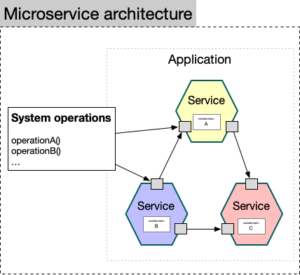How Contextual Design Can Help in Identifying User Pain Points
How Contextual Design Can Help
If you want to get the most out of experiential design, it’s important that you communicate with your firm about how involved you would like to be in the process. This way, your firm can make sure they have the resources and time to work with you. Also, open communication can help avoid any misunderstandings and ensure that your project unfolds exactly how you imagined.
Whether you need an app to communicate your brand, tell a story, or provide customer support, the right user experience is key. It can improve engagement and increase conversions, boosting your bottom line. However, to create the best user experience, you must first identify what your users’ pain points are. This is where Contextual Design can help.

The context design process involves conducting one-on-one field interviews with users in their natural environment to understand how they work on a daily basis. Then, using the consolidated data, designers can begin to invent solutions to improve their work processes by leveraging technology. For example, a team could design an app to streamline tasks or even develop new business processes to reduce cost and improve efficiency.
How Contextual Design Can Help in Identifying User Pain Points
One of the most common problems a team will face is finding out what features their users actually use versus those that are not used at all. By identifying the most popular functionality features, developers can prioritize them during development and testing. This allows the product to remain stable and easier to use, increasing adoption rates. Additionally, concentrating on the 80/20 rule can save valuable development time while still providing the majority of required functionality.
Contextual Design can also identify ancillary features that can be used as additional revenue streams. By evaluating the most used features, developers can identify areas where they can add value-added features, such as the ability to purchase products or services directly from the app. These features can be easy to implement and don’t require significant changes in the app’s interface.
In addition, contextual inquiry can also reveal hidden data that other forms of research do not uncover. For example, an interviewer may be able to elicit a user’s frustration by listening to them vent or ask them what they are struggling with. But this type of data is not always reliable and can be difficult to understand. By observing the user in their environment and asking questions about specific details, contextual inquiry provides more accurate and usable data for a digital design developer to understand.
With its roots in ethnographic and human-centered design, contextual design is a structured method for gathering, interpreting and aggregating qualitative information about work processes. It has been widely adopted in the software industry since it was introduced in 1997 by Hugh Beyer and Karen Holtzblatt. It is a unique approach to user research that can be applied to the development of work-process-oriented software applications in a variety of domains. Its methodology and techniques enable the design of software that is well-aligned with users’ needs, expectations, and constraints.